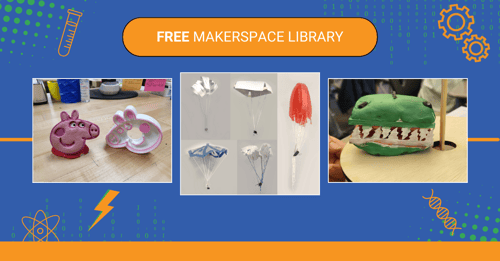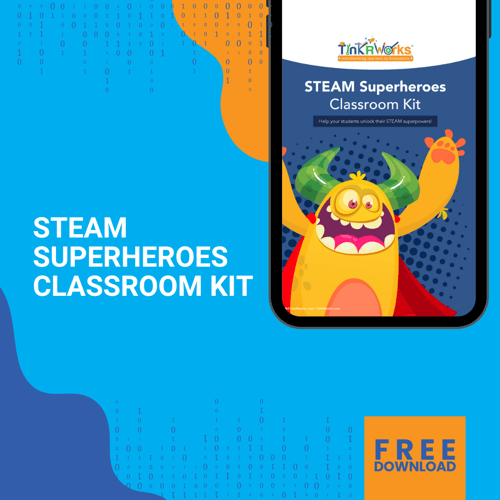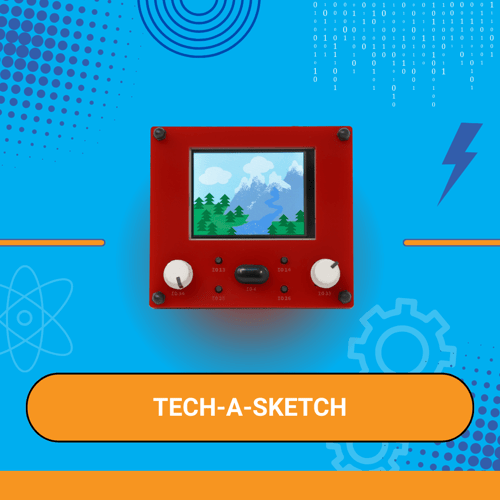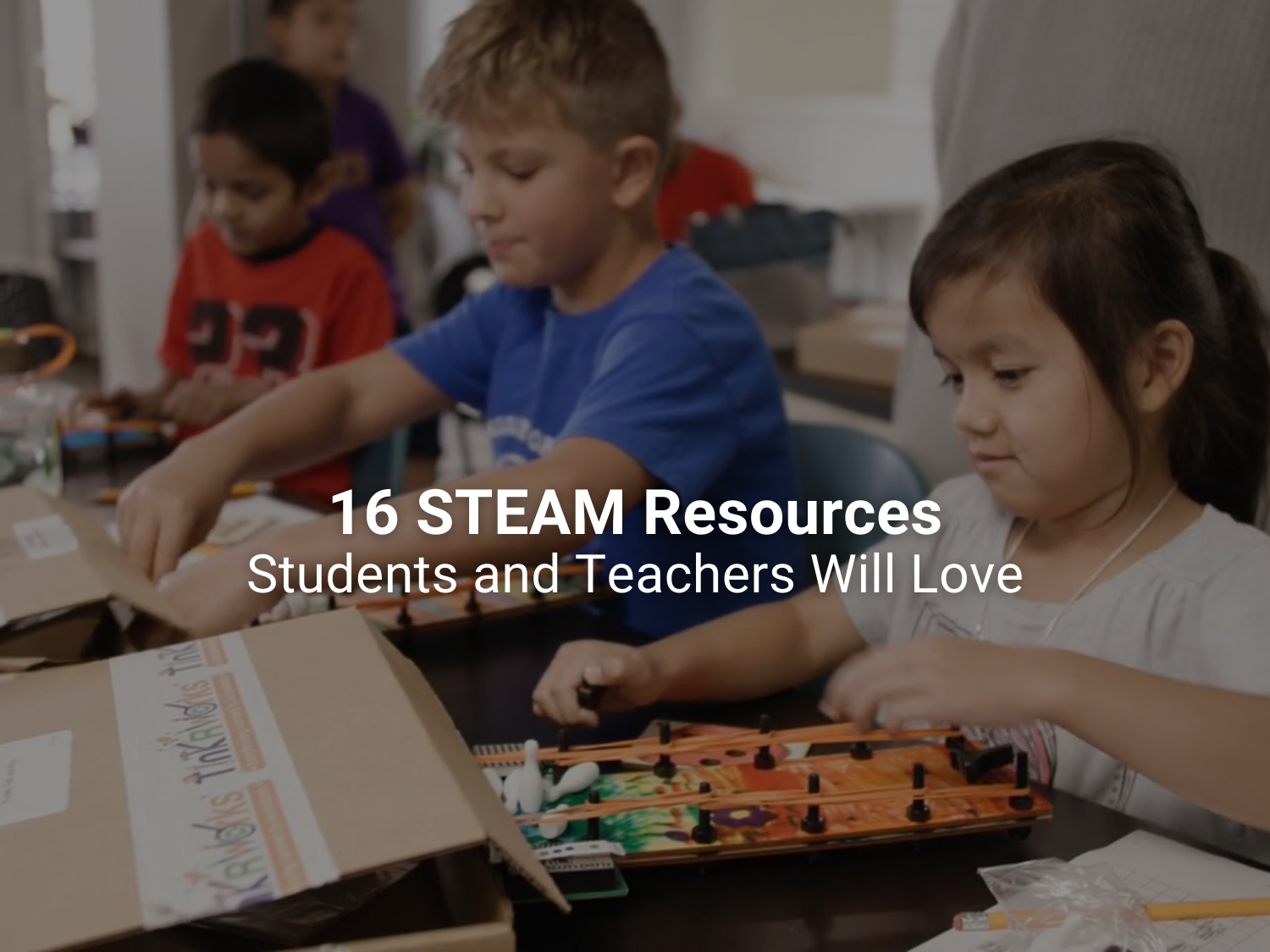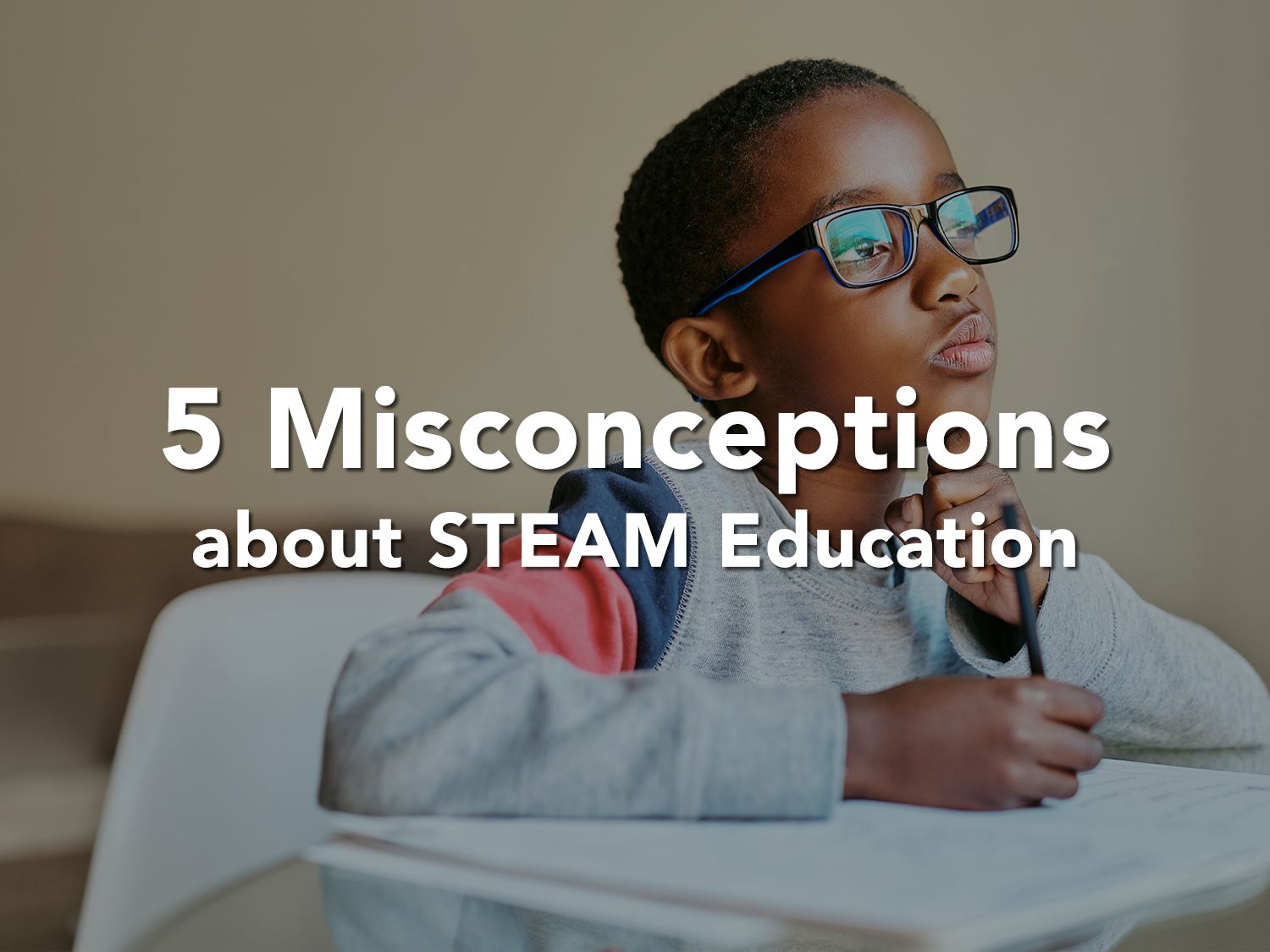9 Ways Librarians Can Support STEAM Project-based Learning
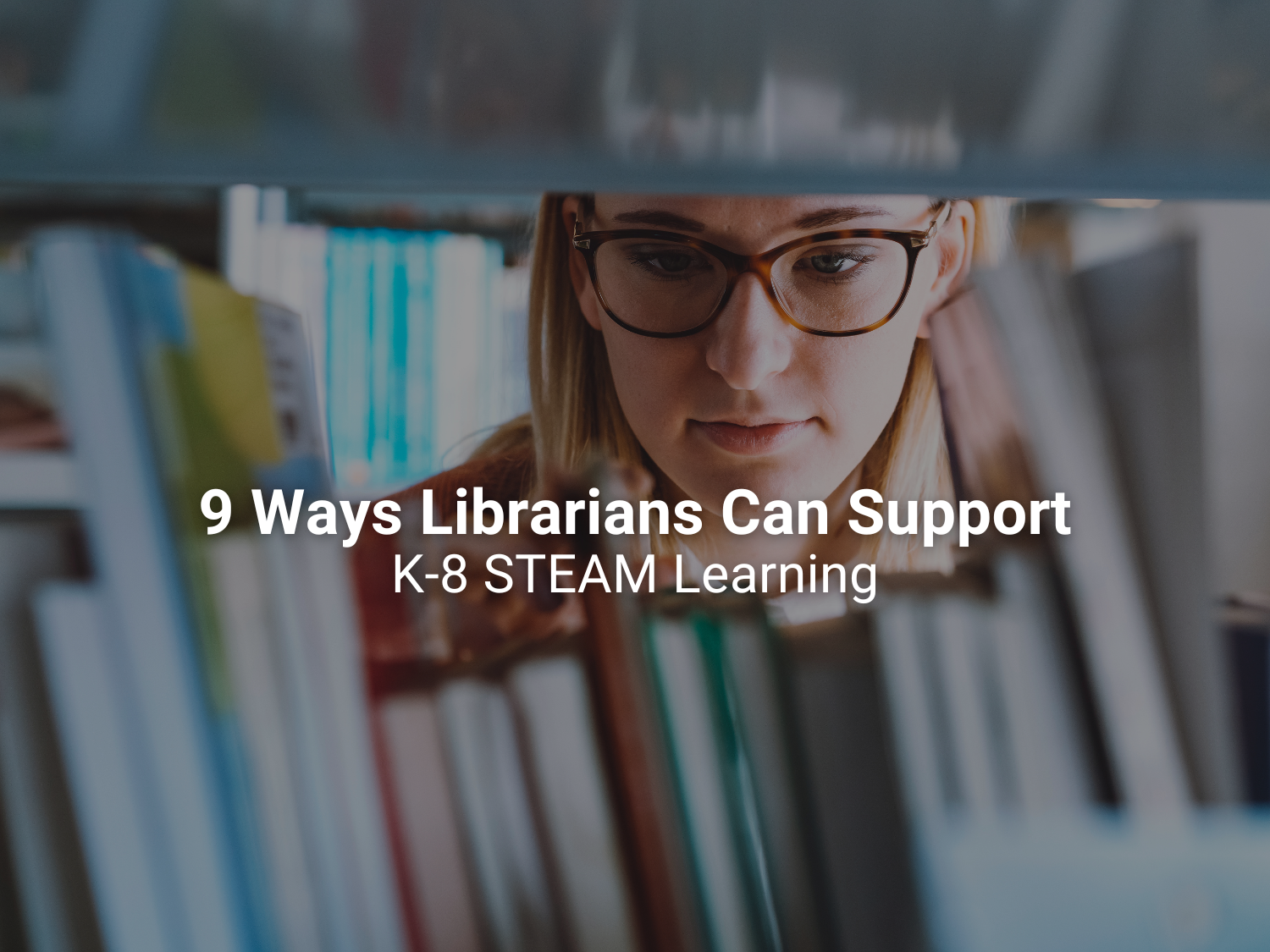
Creating and fostering a STEAM-focused environment is not solely the responsibility of your school’s math and science teachers. Every member of a school’s faculty has the potential to encourage students' passion for STEAM education. This includes librarians! In fact, librarians have significant opportunities to engage students in STEAM initiatives and learning.
In this article, we will cover nine ways in which librarians and library staff members can support STEAM Project-based Learning in your school.
Why Librarians are Key Players in STEM Curriculum & STEAM Curriculum
When creating a high-performing STEM culture within a school or school district, librarians should be considered key players in the implementation of STEM project based learning initiatives. Because school libraries house a variety of resources for students and are often the technology hubs of their school, librarians have the ability to not only introduce students to all of these resources, but to encourage productive use of them for STEAM project based learning.
Below are just some of the ways that libraries and librarians are positioned to support STEAM education.
-
Librarians can offer insights that help teachers improve content alignment.
-
They can promote age-appropriate STEAM texts to students across all grade levels.
-
Librarians can assist in sourcing technologies and resources for Inquiry-based STEAM Instruction in Libraries.
-
Because librarians are expert researchers, they can offer guidance to teachers as they prepare for STEAM lessons or STEAM projects.
-
Libraries themselves can offer a physical space in which multiple classes can collaborate on STEAM research or STEAM projects.
-
Librarians can collaborate on all aspects of STEAM initiatives in schools--from learning objectives to makerspace setup.
9 Ways Librarians Can Support STEAM Project-based Learning
#1 Libraries can be STEAM Learning Hubs with STEAM Makerspaces
Twenty-first century librarians are media specialists and are empowered to create STEAM makerspaces in school libraries. A STEM library makerspace is a collaborative workspace that often contains physical materials and resources that students can freely access. This space can house arts and craft supplies that one would typically find in a school, as well as technological resources like tablets, printers, 3D printers, sewing machines, circuit boards, or audio recording devices.
To get started, librarians can ask science, math, and art teachers what resources their classrooms are either missing or have limited access to. Next, they can ask what materials students enjoy using in those respective classes. Check out TinkRpedia, a free makerspace lesson library, to get ideas for materials and projects to add to a makerspace library. This can offer guidance as librarians build out a well-stocked makerspace that students can utilize for further STEAM learning outside of these classes.
#2 Enhance STEAM Project-based Learning with Library Resources
Advertise all things STEAM!
This may seem abstract, but in terms of a library there are several applications for promoting STEAM literacy in libraries. First, librarians can identify and promote STEAM-related books in select displays. These displays can highlight components of STEAM, like questioning, inquiry-based learning, or productive failure. These displays can be enhanced with STEAM posters, like the ones found in our STEAM Superheroes Classroom Kit.
They can also create reading challenges using books about significant historical figures in STEAM fields. For example, if students read 2 books about science, 2 about technology, 2 about engineering, 2 about art, and 2 about mathematics, they could win a prize or pass to access particular technology within the library during lunch, recess, or homeroom.
#3 Be a Technology Titan
Librarians should assess the modern technologies and devices that they have access to within their school. Then, they can pinpoint how these devices can be used in STEAM learning across a variety of grade levels. Next, librarians can learn about different ways they can acquire additional technology tools that will better serve, engage, and excite students participating in STEAM learning.
Sometimes accessing additional tools doesn’t necessarily mean spending more money on a fancy new device. Consider downloading new applications or programs on the computers or tablets that your school already has access to. For example, apps like Blokify offer students the opportunity to map and model 3D items on a digital screen. These models can then be printed on your school’s 3D printer. If your school does not have one, the models can also be printed through Blockify’s service and mailed to your school!
Another free option is Google Earth. This application can be accessed from any computer or tablet, and it can be used for STEAM challenges like calculating the distance between each of the Seven Wonders of the World, or between the five tallest mountains on Earth.
There are countless other applications that can aid in STEAM learning in a cost effective way. Start researching to see which ones would work best for your students!
#4 Create a library layout that is conducive to collaboration
The physical layout of your library can play a huge role in how students approach and engage with different materials and resources. Rather than filling space with isolated desks and cubicles, try to create open spaces in which students can come together to collaborate. This makes learning more engaging and exciting to students. It also provides them opportunities to practice and hone their communication and critical-thinking skills through peer interaction.
Whether you achieve this through circular tables with multiple chairs, rugs and carpets dedicated to teamwork, or makerspaces with room for several students at a time, you will notice that a group-focused layout allows for greater collaboration in the library.
#5 Use STEAM activities to promote lifelong readers
There are a variety of ways in which librarians can use STEAM to promote literacy in their schools. For example, librarians can create activities where students have the chance to construct interactive scenes from books they read using technology, science, art, and math.
Another way to boost the excitement of STEAM learning in the library is with STEAM storytelling for students. One activity for this is dividing the students into small groups or pairs. Provide them with art supplies and access to computers or tablets. Instruct them to create their own STEAM-themed stories. Students can choose a specific topic from the book they've read or create an entirely new story that incorporates STEAM concepts.
Librarians can also help teachers identify books that pair well with planned STEAM projects and lessons. If students are going to learn about weather patterns and meteorological tools, librarians can round up books that cover the history of modern meteorology, or about different weather patterns in various regions around the world.
TinkRworks newest STEAM project, Tech-A-Sketch, ties into the books being read in class. Once students have completed the assembly of their Tech-A-Sketch, they can recreate the characters using the device. Click the link to more about Tech-A-Sketch.
#6 Model inquiry-based instruction
Librarians can create and deliver instruction that builds bridges between STEAM and the humanities. For example, librarians can introduce books about the history of the technologies that students are learning about in their STEAM-related classes. If students are learning about coding, they can read books about Alan Turing, Ada Lovelace, or Edith Clarke--all notable figures in the history of coding.
This instruction should support productive failure, a key component of a strong STEAM curriculum. In research and experimentation, students should feel encouraged to learn from failure and make other attempts. This ultimately helps students feel enabled to approach and solve real-world problems. Since these problems can be quite complex, it is important that the benefits of productive failure are reinforced across all areas of a student’s education.
#7 Turn students into STEAM storytellers
A great way to encourage creativity in students is offering opportunities for them to craft and share STEAM stories. This can be accomplished by starting a STEAM book club in which students read and discuss stories about various STEAM topics as a group. Through the book club’s discussions, students can strengthen their STEAM vocabularies and their collaboration skills through conversation.
It doesn’t take sophisticated technology to start a podcast or vodcast club where students can tell STEAM stories. This can mean researching and sharing stories of STEAM innovators throughout history. It is also an opportunity for students to share their own stories, use STEM vocabulary, and talk about how STEAM impacts their lives and learning.
#8 Talk to teachers
Teachers and librarians should collaborate whenever possible to ensure that resources and ideas are shared when it comes to STEAM learning. Librarians should ask teachers how they can assist with STEAM initiatives. This might involve compiling and providing lists of STEAM-related books curated for specific grade levels. This could also involve promoting technologies and resources that can benefit teachers in STEAM education.
Librarians and teachers may discover redundancies or gaps in their approaches, and find ways to create a more consistent educational experience for young STEAM learners.
#9 Help build community STEAM partnerships
Lastly, librarians can use their greater communities as a resource to strengthen their school’s STEAM curriculum. Do some research to discover opportunities for external engagement. Is there a college professor in your city who is an expert on a particular STEAM field? Is there a local auto mechanic who has decades of experience and knowledge in their field? Maybe there are nurses or EMTs who would be willing to share some of their knowledge of the human body. With a little outreach, you may be able to get them to speak to your students. If you have the resources, host a monthly lecture series for students in the library.
Alternatively, see if the public library in your area has any technologies that your school lacks. Could you bring students there for a field trip to learn about this technology? Could a librarian visit your school to teach students about it?
There may be countless opportunities to build community STEAM partnerships in education and connect your students with STEAM learning close to home, just start looking for them!
Conclusion
Librarians and library staff can play a vital role in a high-performing STEAM school. They should feel empowered to collaborate with teachers in order to create opportunities for STEAM learning beyond science and math classes alone.
Additionally, they can introduce new technologies or community resources that encourage greater student engagement with STEAM education. Just as it is better for students to approach STEAM projects in a collaborative setting, it is better when all educators and administrators work together to implement and support a productive STEAM curriculum.
-1.png?width=350&height=89&name=TinkRworks%20Logo_Learners%20to%20Innovators%20V2%20(1)-1.png)
